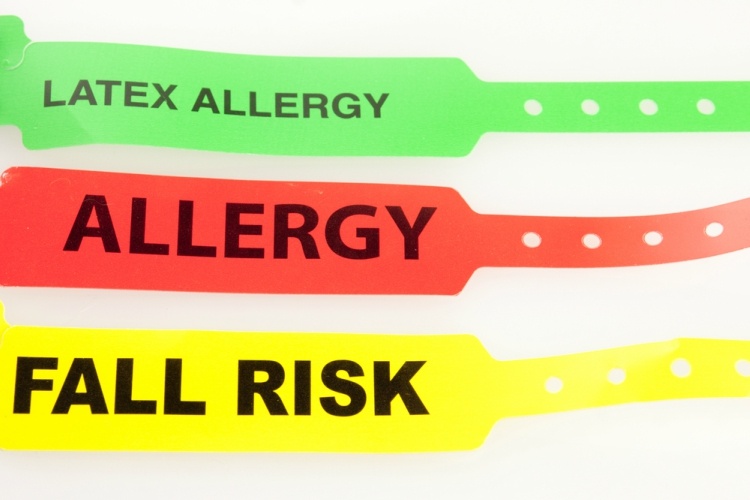Consider, for a moment, the complexities of your own medical history. Even if you’ve been healthy for most of your life, there are still important elements you need to remember, and to share with your doctor should you go to the hospital for a check-up or a procedure: your blood type; the vitamins you took with breakfast; the elbow you broke when you were twelve, or the history of high cholesterol in your family. There are all kinds of details to remember, many of which don’t stick out in our minds until the nurse or doctor asks us a particular question.
Now think about all of the other patients in the hospital with you, and all of their medical histories. That’s a ton of important information moving around those different rooms and wards, and keeping it all straight is a monumental task. Computers and electronic records have helped to make things easier – and, in some ways, a little more complicated – and of course, we’ve long relied on nurses to be basically super-heroes when it comes to taking care of patients and remembering everybody’s information. But what happens when there’s a shift change, or somebody new joins the staff, or there’s a busy influx of patients? How do we make sure important information doesn’t get lost in the shuffle?
If you’re starting to feel alarmed, don’t be! There’s a new solution gaining popularity in hospitals, and it’s one of those ideas that’s so simple, it’s genius: color-coded bracelets.
 Enigmangels via Deposit Photos
Enigmangels via Deposit PhotosIt’s one of those ideas that makes immediate sense as soon as you hear it, isn’t it? Think about it— we all have to wear one of those identification bracelets whenever we check into the hospital anyway. Every patient has one, and they’re immediately visible whenever a doctor or nurse goes to treat those patients. Why not put them to work with some quick, additional information that can register in a split-second, a short span of time that can often make all the difference in a medical situation?
One of the leaders in this idea is medical ID bracelet manufacturer Endur ID, whose bracelets come in five different colors for five different meanings:
- Red:
- Green:
- Yellow:
- Pink:
- Purple:
Means that patient has an allergy, and often includes a big letter “A” on the bracelet as well. Those allergies can be anything from food – nuts, soy, gluten, etc. – to dust or pets to medications.
Means that patient has a specific allergy— latex. Since most hospital gloves and a lot of hospital tools contain latex, these bracelets alert staff when they need to use substitutes, if possible. These bracelets often include a big letter “L.”
Means fall risk. These bracelets will usually be worn by elderly patients or those whose muscles are weakened by injury or illness. If there’s a chance the patient will lose her balance, slip, or simply need extra help moving about, yellow’s the color.
Means “restricted extremity,” i.e. an arm or other limb so swollen or in so much pain that it can’t handle an I.V., injections, or blood pressure cuffs.
Means DNR— “do not resuscitate.” Patients who have made decisions about their end-of-life care and what measures they want taken will often have these bracelets.
Not all colored bracelets have been adapted by all healthcare systems. So far, 26 states use the red and/or yellow coding; seven have adopted the pink; and six have adopted the green. Additionally, individual hospitals may decide to adopt or forego the purple bracelets, due to the the important, sensitive nature of its meaning.
Obviously, there’s a lot of debate about whether or not to standardize and adopt this system on a larger and/or national level. Proponents argue for better care and mistake prevention; opponents argue for privacy. There’s obviously a long way to go to make sure everybody’s on the same page, but we’re always comforted to know that the efforts to make our care better never stop. And if you receive one when you’re in the hospital yourself, now you know what it means.
Have you ever worn one of these color-coded bracelets before? If you have, do you think it helped? Would you want this system put in place in your local hospital? If you’re a healthcare worker, what’s your opinion of the color-coded system?



